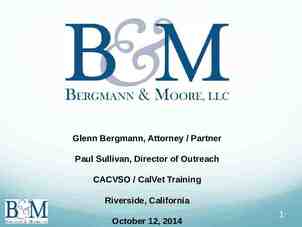THEORIES OF LITERACY DEVELOPMENT September 5,2014
16 Slides252.27 KB
THEORIES OF LITERACY DEVELOPMENT September 5,2014
How the brain works: Each time we have experiences (stimuli) these are stored in memory (schemata) No one knows how the brain stores the experiences (stimuli, information)
One explanation is that the brain stores information in “sectors” like a filing cabinet.
The brain tries to sort information it is receiving works out features/characteristics looks for similarities/differences All of this is done unconsciously
What might the brain work out here? INCOMING INFORMATION STORED INFORMATION
The concepts in the mind are interrelated It is through the interrelationships of concepts that anything has meaning For example, a CAR can be classified as: a vehicle – mode of transportation status symbol – has money, reputation
Piaget put forward the following theory: Concepts and their relationships are stored in a person’s mind as schemata Learning occurs when a schema changes in some way through adaptation (i.e. assimilation and accommodation)
Assimilation happens when we are able to categorize a new example as belonging to a pre-existing schema Accommodation occurs when we alter our schema Both assimilation and accommodation relate to adaptation
Here is an example: Four year old - has schema for animal with four legs - child sees a cricket Child is told: “That is a cricket. It is a kind of animal we call insect. It has six legs and three body parts.
The child may do one of three things: Ignore the incoming information and keep original schema Modify his animal schema to include small six-legged creatures Develop a new meaning for animal (creatures that have more than four legs .)
In the first situation the child assimilated by ignoring the new information. The original schema remains intact. In the second situation, accommodation occurred; the child altered his schema (animals have more than four legs) In the third situation accommodation occurred (include small creatures)
The constructivist theory of learning argues that learning is the modification of cognitive structures or schemata. Children construct meaning from various stimuli they receive. As they interact with their environment, they adapt information through assimilation or accommodation - new information is organized with prior knowledge.
Concepts of constructivism Children are active learners Children relate new information to prior knowledge Children organize and integrate information in schemata Children modify their schemata and construct their own knowledge
Reflecting the constructivist theory in the EC classroom – implications for teaching: Teaching should be experience based (begin with what the child knows and gradually move to the unknown). (Brainstorming, asking the child to make predictions, questioning - can help to identify what child knows) Concepts should be presented in many ways so that a network of related knowledge is
Engage the child in hands on activities e.g. making comparisons. Don’t just present the letter ‘A’; show the child what it is not Teacher should set up conditions to enable the child to accommodate new knowledge into his/her schemata (e.g. through field trips) Encourage risk taking to facilitate assimilation (e.g. engage child in situations that are familiar)
Other theories of literacy development: Behaviourist Interactive Sociolinguistic Reader response Transactionalist





















